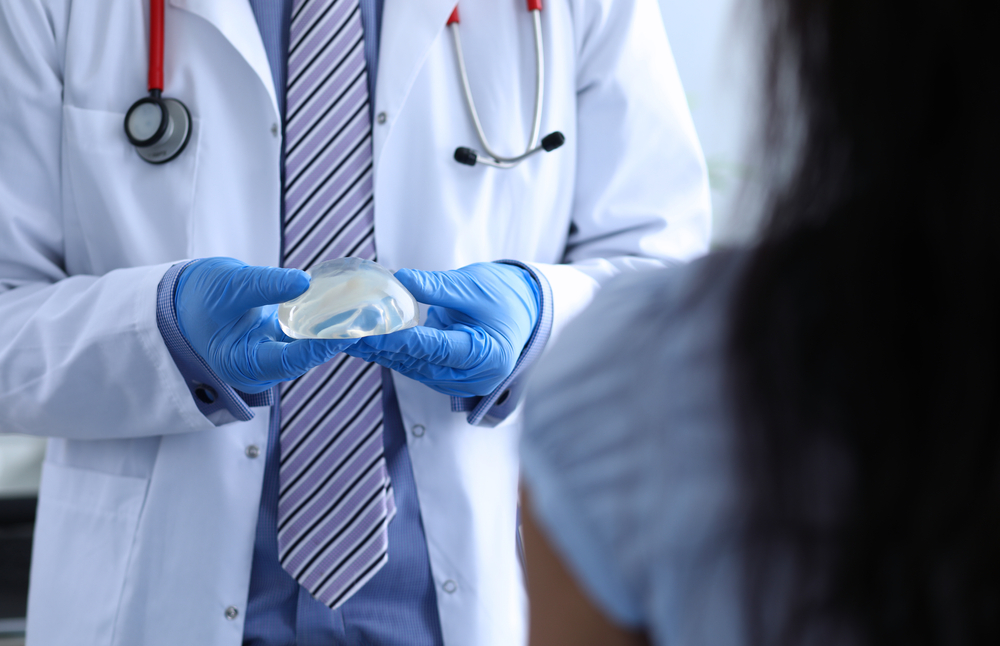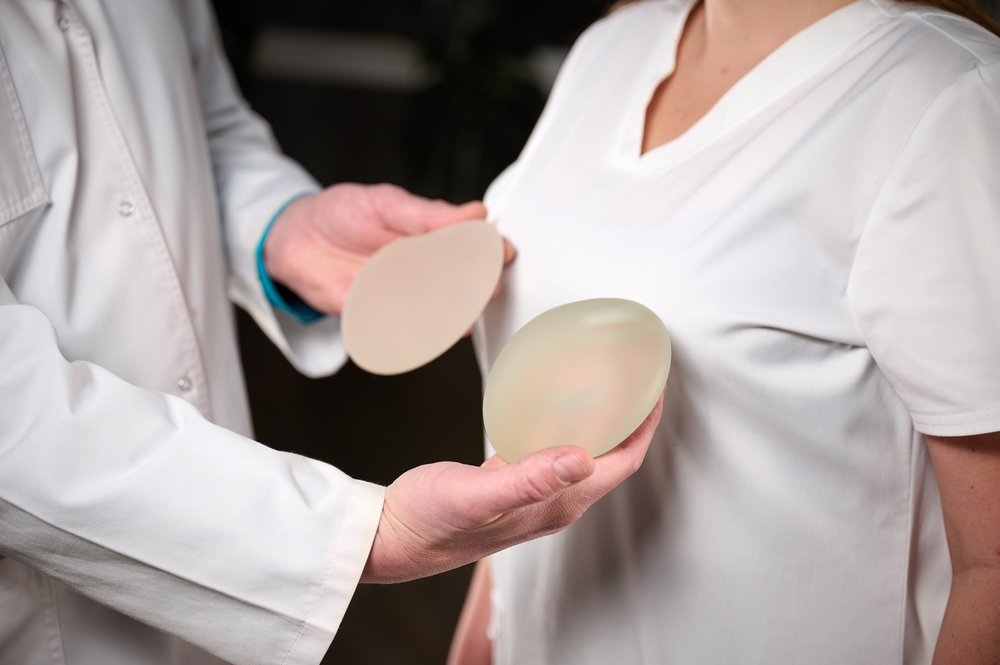In recent years, breast augmentation has become one of the most popular cosmetic procedures worldwide, helping women achieve fuller, more shapely breasts. Traditionally, breast implants have been the go-to solution for women seeking to enhance their breast size. However, advancements in fat transfer technology have provided a new, natural alternative to implants, offering women a way to enhance their breasts without foreign objects or the need for silicone or saline implants.
What Is Fat Transfer Breast Augmentation?
Fat transfer breast augmentation is a procedure that involves liposuction to remove excess fat from one area of your body (such as the thighs, abdomen, or flanks) and then injecting that fat into the breasts to increase volume. The concept of fat transfer is not new, but recent advancements have made the procedure more effective, reliable, and popular for breast augmentation.
During the procedure:
- Liposuction is performed to harvest fat from areas where you may have stubborn fat deposits. The fat is purified and processed to prepare it for transfer.
- The purified fat is then injected into the breasts, targeting specific areas to add volume and reshape the breast tissue. The fat is carefully sculpted to ensure a natural and proportionate result.
- Over time, the transferred fat cells integrate with the surrounding tissue, becoming a permanent part of the breast. However, some fat may be naturally absorbed by the body, which is why multiple sessions may be needed to achieve the desired volume.
How Fat Transfer is Advancing Breast Augmentation
While fat transfer has been around for several years, recent technological advancements have made it an increasingly effective and popular option for breast augmentation. Here are some of the key advancements:
1. Improved Fat Harvesting Techniques
One of the biggest improvements in fat transfer technology is the fat harvesting process. In the past, fat removal could be inconsistent, which ended up in less-than-optimal results. Modern liposuction techniques have significantly improved the efficiency and precision of fat harvesting. Surgeons now use gentler techniques to remove fat, ensuring that the fat is of high quality and suitable for injection into the breasts. This helps to maximize the amount of fat that can be safely transferred and reduces the chance of complications.
2. Better Fat Processing and Purification
After harvesting the fat, it must be purified to remove impurities. In the past, this process could be somewhat crude, but today, advanced purification methods ensure that only the highest quality fat cells are used for transfer. Centrifugation, a technique where the fat is spun at high speeds to separate contaminants, has become more refined. This leads to better fat survival rates and a more natural result once the fat is injected into the breasts.
3. Precision in Fat Placement
The precision in fat placement has also improved dramatically. 3D imaging technology, ultrasound, and more advanced techniques in fat grafting have made it easier for surgeons to map out the most effective and natural areas for fat injections. This allows for more customized and aesthetically pleasing results, where the fat can be sculpted and placed to create a natural shape and contour.
4. Longer-Lasting Results
One of the concerns with fat transfer has always been the risk of fat absorption by the body, which could lead to some volume loss after the procedure. However, with the advancements in harvesting, purification, and injection techniques, the survival rate of the fat cells has improved. This means that the results of fat transfer breast augmentation are becoming longer-lasting and more predictable. On average, 70-80% of the fat transferred will survive and integrate with the breast tissue, providing natural and permanent results.
Advantages of Fat Transfer Over Implants
While traditional breast implants remain a popular option, fat transfer breast augmentation offers several unique advantages:
1. Natural Look and Feel
Since the procedure uses your own fat, the result is a soft, natural feel that’s hard to replicate with implants. Many women find that the volume and texture of breasts augmented by fat transfer are more organic and supple than implants, making it a great choice for those who prioritize a natural look.
2. No Foreign Objects in the Body
With fat transfer breast augmentation, there’s no need for silicone or saline implants. For women who are wary of having foreign objects inside their bodies, fat transfer offers a solution that uses natural tissue. There’s no risk of implant rupture, capsular contracture, or the other complications associated with implants.
3. Dual Benefits of Liposuction
Since fat transfer requires liposuction to harvest the fat, patients can also benefit from body contouring in addition to breast augmentation. The areas where fat is removed (like the abdomen, flanks, or thighs) are sculpted, giving you the added bonus of a more contoured and slimmer body. This dual benefit is a major appeal of fat transfer, as it not only enhances the breasts but can also improve other areas of the body.
4. Reduced Risk of Complications
Because fat transfer uses your own tissue, there’s a lower risk of rejection or allergic reactions that can occur with synthetic implants. Additionally, fat transfer is less invasive, with smaller incisions and a quicker recovery time compared to traditional breast augmentation surgery.
Who is a Good Candidate for Fat Transfer Breast Augmentation?
Fat transfer breast augmentation is suitable for a wide range of women, but it’s particularly appealing to those who:
- Want a more natural look and feel for their breasts.
- Have stubborn fat in areas like the abdomen or thighs, which can be used for the procedure.
- Are looking for a less invasive alternative to implants.
- Are not significantly overweight and have enough fat to harvest for the procedure.
It’s important to note that fat transfer is typically not suitable for women who want a significant increase in breast size, as there are limits to how much fat can be safely transferred. For women looking for a larger volume, traditional implants may be a better option.
Aftercare and Maintenance
After fat transfer breast augmentation, it’s essential to follow your surgeon Dr Wu’s aftercare instructions to ensure optimal results. You may experience swelling, bruising, and some discomfort in the areas where liposuction was performed. Recovery usually takes around 1-2 weeks, with most patients able to return to light activities after this period.
Sun Protection: Since the transferred fat cells are newly integrated into your breast tissue, it’s crucial to protect your skin from the sun. Always apply a broad-spectrum sunscreen to the treated area and avoid direct sun exposure, as this can cause inflammation, disrupt healing, and affect the results.
Look and Feel Your Best with Prive Plastics in Boca Raton
If you’re considering breast augmentation, consult with a skilled, board-certified plastic surgeon such as Dr. Wu. Dr. Wu can assess your goals and recommend the best approach for your needs. With the right treatment plan, we can help you achieve your aesthetic goals and boost your confidence for years to come.
If you wonder if you are a good candidate for any of our surgical services, start with a TeleHealth consultation. After your personalized consultation for surgical services, you can look forward to treatment in a state-of-the-art office in Boca Raton. For customized treatment plans for your face and body, call Prive Plastic Surgery today at 561-717-3181.



